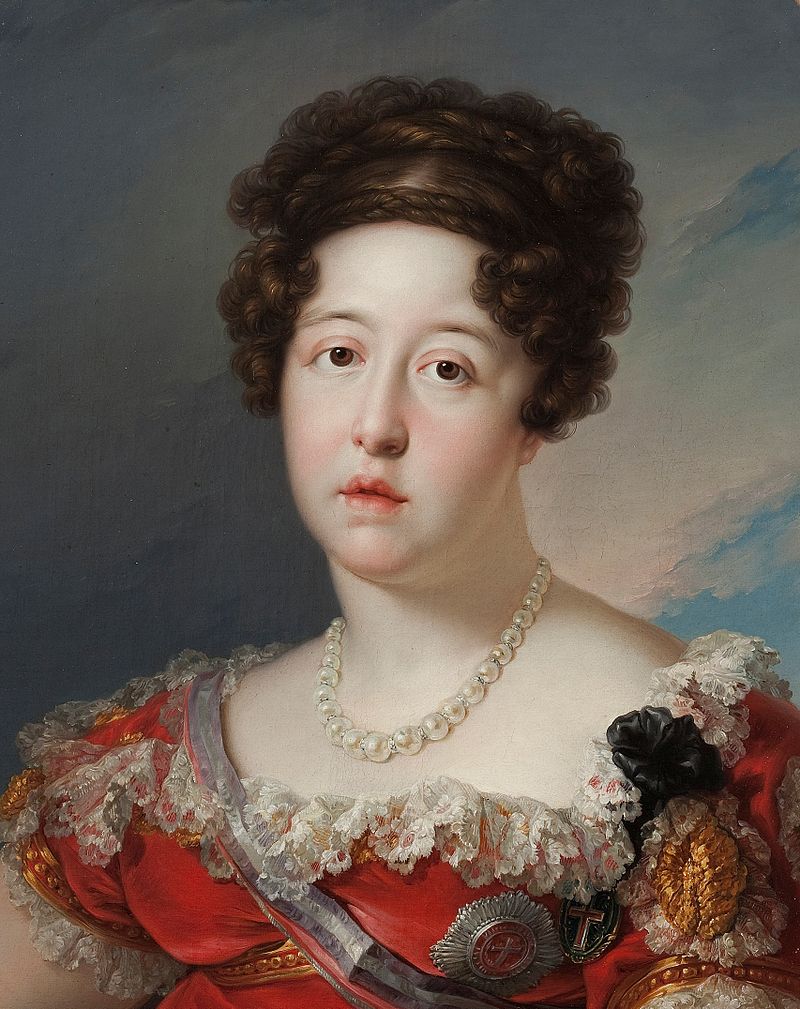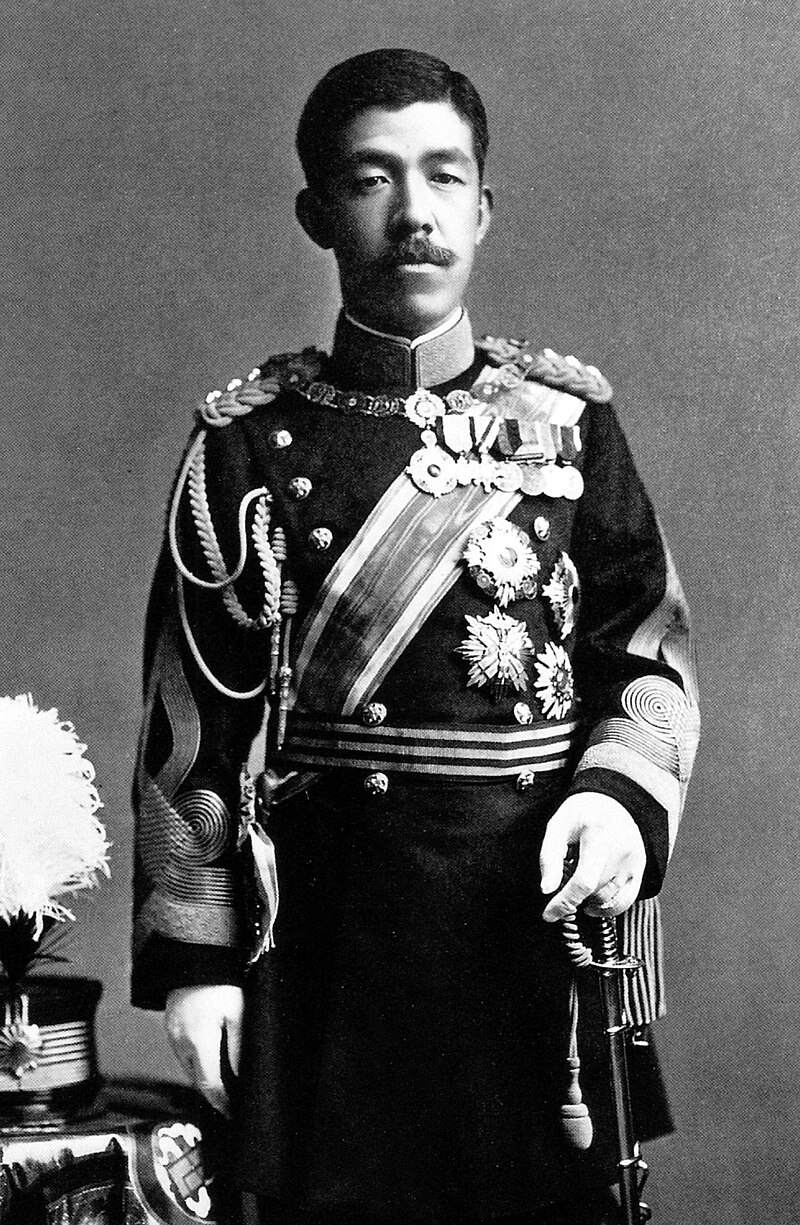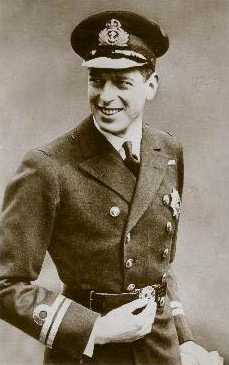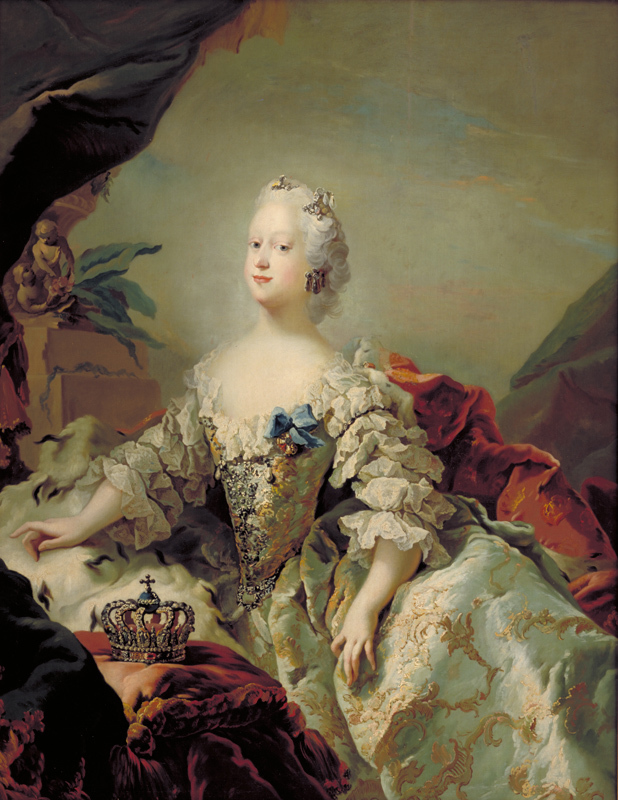© Unofficial Royalty 2024

Queen Mary II of England; Credit – Wikipedia
December 28, 1635 – Birth of Princess Elizabeth of England, daughter of King Charles I of England, at St. James’s Palace in London, England
After the arrest of their father, who was ultimately beheaded, Elizabeth and her brother Prince Henry of England, Duke of Gloucester could not flee to France with their mother Henrietta Maria of France because they were not with her then. They remained in England and were placed under the care of the Parliamentarians. Elizabeth and Henry were moved from one residence to another due to the plague. After their father’s beheading, Parliament decided that they needed to be in a more secure place, far away from London. Elizabeth and Henry were moved to Carisbrooke Castle on the Isle of Wight, England. On August 23, 1650, less than a week after arriving at Carisbrooke Castle, Elizabeth began to feel ill. On September 1, she went to bed and soon could no longer get up. She died on September 8, 1650, aged fourteen, probably from pneumonia.
Unofficial Royalty: Elizabeth Stuart, Princess of England
December 28, 1694 – Death of Queen Mary II of England at Kensington Palace in London, England; buried at Westminster Abbey in London, England
Mary was the elder of the two surviving children (the other was Queen Anne) of King James II of England and his first wife Anne Hyde. She married her first cousin Willem III, Prince of Orange who followed Mary and her sister Anne in the line of succession to the English throne. William and Mary had no children. In 1688, Mary’s father King James II was deposed in the Glorious Revolution and Mary and her husband William became joint sovereigns as King William III and Queen Mary II. Queen Mary II died of smallpox at the age of 32. Sadly, William’s father died of smallpox 8 days before his birth and his mother died of smallpox when he was just 10. William continued his reign until he died in 1702 when he was succeeded by Mary’s younger sister Anne.
Unofficial Royalty: Queen Mary II of England
December 28, 1728 – Death of Anna Sophie of Saxe-Gotha-Altenburg, Princess of Schwarzburg-Rudolstadt, wife of Ludwig Friedrich I, Prince of Schwarzburg-Rudolstadt, in Rudolstadt, Principality of Schwarzburg-Rudolstadt, now in Thuringia, Germany; first buried at at the Schlosskirche Schwarzburg (link in German), the castle church at Schwarzburg Castle (link in German), in Schwarzburg, Principality of Schwarzburg-Rudolstadt, now in the German state of Thuringia, reburied in the 1940s at Stadtkirche St. Andreas in Rudolstadt, now in the German state of Thuringia
Anna Sophie was the eldest of the eight children and the eldest of the six daughters of Friedrich I, Duke of Saxe-Gotha-Altenburg. In 1691, 21-year-old Anna Sophie married 24-year-old Ludwig Friedrich of Schwarzburg-Rudolstadt, the son and heir of Albrecht Anton, Count of Schwarzburg-Rudolstadt. Ludwig Friedrich and Anna Sophie had thirteen children. Via their daughter, Anna Sophie who married Franz Josias, Duke of Saxe-Coburg-Saalfeld, Ludwig Friedrich and Anna Sophie are the ancestors of Queen Victoria and her husband Prince Albert, and their uncle Leopold I, King of the Belgians. The royal families of Belgium, Denmark, Luxembourg, Norway, Spain, Sweden, and the United Kingdom are their descendants.
Unofficial Royalty: Anna Sophie of Saxe-Gotha-Altenburg, Princess of Schwarzburg-Rudolstadt
December 28, 1757 – Death of Princess Caroline of Great Britain, daughter of King George II of Great Britain, at St. James Palace in London, England; buried at Westminster Abbey in London, England
Full name: Caroline Elizabeth
Princess Caroline, the daughter of the future King George II of Great Britain and his wife Caroline of Ansbach, was her mother’s namesake and her favorite child. She was known in the family for telling the truth and was always consulted when there were disagreements between the royal siblings because she could be counted on telling exactly what happened. After the marriage of her eldest sister Anne to Willem IV, Prince of Orange, Caroline became her mother’s main confidant and she remained so for the rest of her mother’s life. Princess Caroline never married. When her mother died in 1737, Queen Caroline expressly left her three youngest children, all teenagers, in the care of her daughter Caroline. Princess Caroline had been a hypochondriac for most of her life and she lost the will to live. As she lay dying, she refused to see any of her family. On December 28, 1757, she died at the age of 44,
Unofficial Royalty: Princess Caroline of Great Britain
December 28, 1782 – Death of Maria Carolina of Savoy, Electoral Princess of Saxony, 1st wife of the future Anton, King of Saxony, at the Royal Palace of Turin in the Kingdom of Sardinia, now in Italy, buried in the Great Crypt of the Catholic Church of the Royal Court of Saxony (in German: Katholische Hofkirche) in Dresden, now known as Dresden Cathedral.
Full name: Maria Carolina Antonietta Adelaide
The daughter of Vittorio Amadeo III, King of Sardinia, Duke of Savoy and Infanta Maria Antonia Ferdinanda of Spain, Maria Carolina was the first wife of the future Anton, King of Saxony. She married Anton on October 24, 1781. Around December 14, 1782, Maria Carolina became ill with smallpox, and died on December 28, 1782, at the age of 18.
Unofficial Royalty; Maria Carolina of Savoy, Electoral Princess of Saxony
December 28, 1920 – Birth of Princess Antoinette of Monaco, sister of Prince Rainier III of Monaco, in Paris, France
Full name: Antoinette Louise Alberte Suzanne
Antoinette was the elder of the two children of Princess Charlotte of Monaco, Duchess of Valentinois and Count Pierre de Polignac. She had one younger brother Prince Rainier III of Monaco. Princess Antoinette had a long-term affair with Alexandre-Athenase Noghès, a tennis player. The couple had three illegitimate children, later legitimized when their parents married in 1951. The couple divorced three years later. Princess Antoinette married Dr. Jean-Charles Rey, President of the Conseil National, Monaco’s legislature, in 1961. Before they married, Antoinette and Rey had a long-term affair. Antoinette and Rey had no children and divorced in 1974. In 1983, Princess Antoinette married a former British ballet dancer John Gilpin. Gilpin died from a heart attack six weeks after marrying Antoinette.
Unofficial Royalty: Princess Antoinette of Monaco
December 28, 1947 – Death of King Vittorio Emanuele III of Italy, in exile at Alexandria, Egypt; first buried in the Cathedral of St. Catherine in Alexandria, Egypt, in December 2017, his remains were moved to the San Bernardo Chapel in the Sanctuary of Vicoforte in Italy
The only child of King Umberto I of Italy and Princess Margherita of Savoy, Vittorio Emanuele III became King of Italy in 1900 upon the assassination of his father and reigned until his abdication in 1946. In 1896, Vittorio Emanuele III married Princess Elena of Montenegro. The couple had five children. After World War I, the Fascist movement, led by Benito Mussolini gained power. In 1922, all sense of democracy was pushed aside and Mussolini established himself as a dictator with Vittorio Emanuele III merely his puppet. After Italy’s defeat in World War II, a referendum was held to decide whether to retain the monarchy or become a republic. Hoping to save the monarchy, Vittorio Emanuele III abdicated in 1946, in favor of his son. However, his hopes were not realized, and the Italian monarchy was formally abolished weeks later. The royal family was sent into exile. Vittorio Emanuele settled in Alexandria, Egypt, where he died on December 28, 1947.
Unofficial Royalty: King Vittorio Emanuele III of Italy
December 28, 1952 – Death of Alexandrine of Mecklenburg-Schwerin, Queen of Denmark, wife of King Christian X of Denmark, at a hospice, Saint Lukas Foundation in Hellerup, Denmark; buried at Roskilde Cathedral in Roskilde, Denmark
Alexandrine was the eldest of the three children of Friedrich Franz III, Grand Duke of Mecklenburg-Schwerin and Grand Duchess Anastasia Mikhailovna of Russia. In 1898, she married the future King Christian X of Denmark. The couple had two sons including King Frederik IX of Denmark. Christian and Alexandrine were devoted to one another and enjoyed a happy marriage. The couple became king and queen of Denmark in 1912. While their popularity waxed and waned throughout Christian’s rule, he and Alexandrine are generally viewed as successful as king and queen. Alexandrine was widowed in 1947. During her time as dowager queen, she devoted most of her time to charitable causes, particularly those dedicated to children. Alexandrine died in her sleep four days after her 73rd birthday, at a hospice where she had undergone an intestinal operation a week and a half before her death.
Unofficial Royalty: Alexandrine of Mecklenburg-Schwerin, Queen of Denmark
This article is the intellectual property of Unofficial Royalty and is NOT TO BE COPIED, EDITED, OR POSTED IN ANY FORM ON ANOTHER WEBSITE under any circumstances. It is permissible to use a link that directs to Unofficial Royalty.









